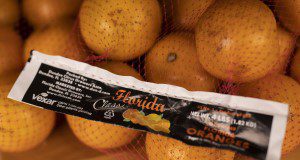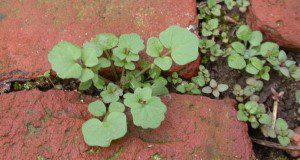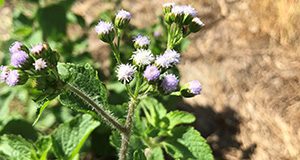This quick reference table will provide growers with information (suggested rates, use restrictions, etc.) on different herbicides used in citrus. The herbicide table, prepared based on the Florida Citrus Production Guide, will aid growers to select an appropriate postemergent herbicide program in citrus groves. Written by Ramdas Kanissery, Camille E. McAvoy, Jamie D. Burrow, Stephen H. Futch, Brent A. Sellers, and S. Shea Teems, and published by the UF/IFAS Horticultural Sciences Department.
https://edis.ifas.ufl.edu/hs1410
Tag: Citrus Weed Management
Stock Plant and Tree Production: Weed Management in Citrus Nurseries
All citrus nursery stock in Florida is raised in enclosed greenhouses. It is not uncommon for weeds to grow in containers, where they compete with citrus seedlings, and on greenhouse floors, where they can harbor pests and diseases. This new 7-page publication of the UF/IFAS Horticultural Sciences Department provides descriptions of a few commonly found weeds in citrus nurseries and good weed management practices. Written by Biwek Gairhe, Ramdas Kanissery, and Brent Sellers, this article is chapter 8c of the forthcoming Citrus Nursery Production Guide.
https://edis.ifas.ufl.edu/hs1344
Identification and Management of Clustered Pellitory (Parietaria praetermissa) in Citrus Groves
In Florida, clustered pellitory is becoming a troublesome weed for citrus, especially from the winter through early summer. Inadequate management of this weed can result in its heavy infestation in tree rows and can interrupt the spray pattern of low-volume drip irrigation systems. This new 3-page publication of the UF/IFAS Horticultural Sciences Department will assist Florida citrus growers with proper identification of clustered pellitory and with adoption of adequate and timely strategies to manage this weed in their groves. Written by Ramdas Kanissery, Biwek Gairhe, Brent Sellers, and Steve Futch.
https://edis.ifas.ufl.edu/hs1341
Biology and Management of Tropical Whiteweed (Ageratum conyzoides) in Citrus Groves
This 3-page document profiles tropical whiteweed, a common weed of agriculture crops, wetlands, roadsides, and pastures in many parts of the world, and discusses how to manage this weed in citrus groves. Written by Ramdas Kanissery, Brent Sellers, and Steve Futch and published by the UF/IFAS Horticultural Sciences Department, January 2019.
http://edis.ifas.ufl.edu/hs1325
Suggested Weed Control Programs for Citrus
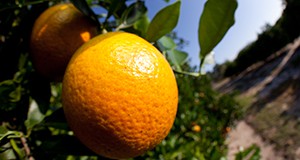
Weed management is an important component of citrus production. The selection and implementation of a weed management program can lead to both economic and environmental returns. This three-page fact sheet details how to manage weeds in both young and mature groves, the differences in weed control programs between interior areas and coastal or flatwoods areas, how to control weeds after a freeze, and common ways that herbicides are misused. Written by Stephen H. Futch and Brent Sellers, and published by the Horticultural Sciences Department.
http://edis.ifas.ufl.edu/ch084
Maximizing Weed Control in Florida Citrus
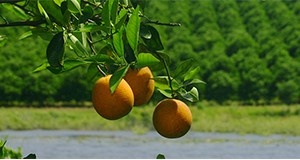
With Florida citrus growers and production managers being “squeezed” between rising production prices and declining yields from citrus greening, there’s more call than ever to reduce citrus production costs. Controlling weeds is a major expense, amounting to 11% of the total $2,278 annual production cost per acre for the 2014–2015 season. This 3-page fact sheet teaches the six essential components of an effective weed-management program to help maintain the profitability of this vital Florida industry. Written by Stephen H. Futch and Brent Sellers and published by the Horticultural Sciences Department. http://edis.ifas.ufl.edu/hs237
